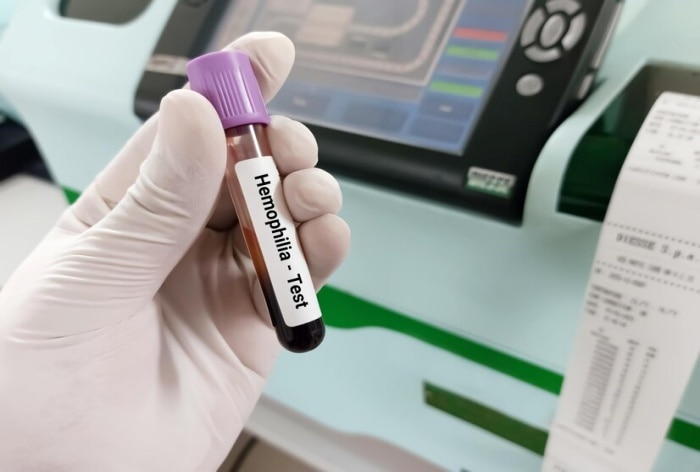Hemophilia is categorised as one of the rare conditions. There is a notion that minor cuts can lead to severely bleeding, but let’s just say not everything is is to be believed. Experts busts few common myths around hemophilia.
Hemophilia is a rare bleeding disorder where blood the blood does not clot properly leading to several health issues. Every year World Hemophilia Day is commemorated on April 17 to spread more awareness about the condition. It was first celebrated in 1989 by World Federation of Hemophilia the founder of the organisation. According to Centres for Disease and Control and Prevention, Hemophilia, is genetic bleeding disorder that affects approximately 1 in 10,000 people on birth worldwide.
It is characterised by a deficiency in clotting factors, particularly Factor VIII (hemophilia A) or Factor IX (haemophilia B), leading to prolonged bleeding episodes and increased susceptibility to joint damage. Despite advancements in treatment, managing hemophilia remains a significant challenge, especially in resource-limited settings.
India.com got in touch with Dr Rajesh Kashyap, Professor& Head, Clinical Hepatology & Stem Cell Research Center, Sanjay Gandhi Postgraduate Institute of medical Sciences, Lucknow. He explained that the severity of hemophilia that a person has is determined by the amount of factor in the blood. The lower the amount of the factor, the more likely it is that bleeding will occur which can lead to serious health problems. Despite advancements in medical science, there are still prevalent myths surrounding hemophilia that can contribute to misconceptions and stigma.
Myths and Facts Debunked About Hemophilia
Myth: Hemophilia is a rare condition.
Fact: While hemophilia is relatively rare compared to other conditions, it is not as uncommon as many believe. It affects about 1 in 5,000 male births worldwide, making it more prevalent than often assumed.
Myth: Only males can have hemophilia.
Fact: Hemophilia is commonly associated with males because it is an X-linked genetic disorder. However, females can also be carriers of the hemophilia gene and may experience symptoms or pass the condition to their children.
Myth: People with hemophilia bleed excessively from minor cuts.
Fact: While people with hemophilia have a reduced ability to form blood clots, not all minor cuts lead to excessive bleeding. The severity of bleeding episodes varies among individuals and is often more significant in cases of trauma or surgeries.
Myth: Hemophilia is always inherited from the parents.
Fact: While hemophilia is typically inherited, about one-third of cases occur due to spontaneous mutations, where there is no family history of the disorder. These cases can arise in families with no previous history of hemophilia.
Myth: People with hemophilia cannot lead active lives
Fact: With proper management and care, people with hemophilia can lead active and fulfilling lives. This includes participating in sports, traveling, and pursuing careers. However, precautions such as regular monitoring, joint protection, and adherence to treatment plans are essential.
By debunking these myths and highlighting the facts about hemophilia, we can foster better understanding, reduce stigma, and support individuals living with this condition.






